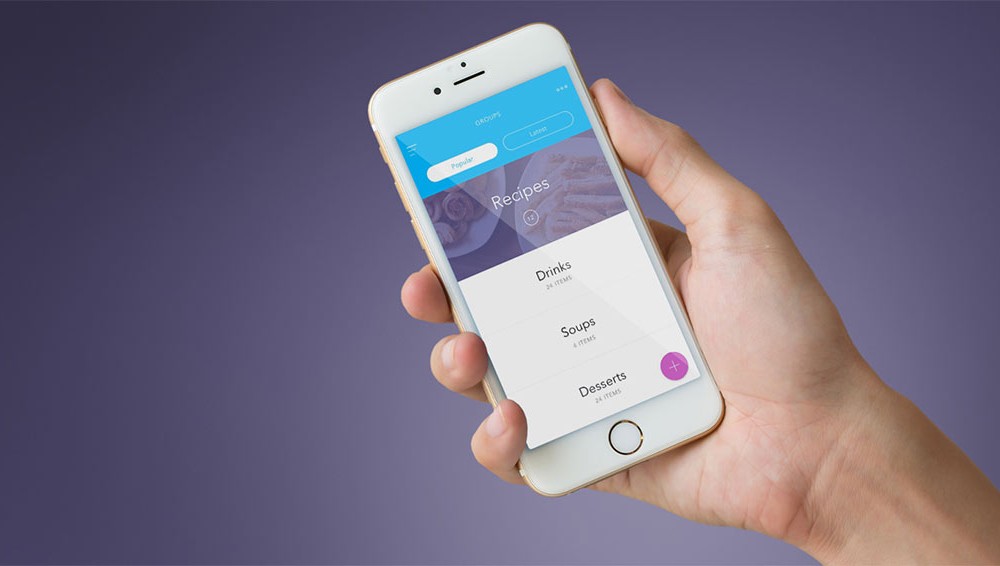At Temenos, we talk a lot about building digital banking solutions to help financial organizations improve their customer onboarding experiences. But, what is digital banking?
Digital banking is the digitization (or moving online) of all the traditional banking activities and programs that historically were only available to customers when physically inside of a bank branch. This includes activities like:
- Money Deposits, Withdrawals, and Transfers
- Checking/Saving Account Management
- Applying for Financial Products
- Loan Management
- Bill Pay
- Account Services
Consumer preferences have quickly shifted to online and mobile devices, but many financial organizations have had trouble shifting their onboarding experiences online and to smaller screens.
In addition, until the past few years, banks were not envisioning the tremendous shift in consumer behavior that occurred as a result of the millennial generation now become the largest consumers of financial products.
What is the Difference Between Online and Digital Banking?
For the most part, these two words are synonyms. But, we define online banking a bit more narrowly: online banking primarily focuses on remote deposits, money transfers, bill pay, and basic online management of accounts. Other synonyms for online banking include internet banking, virtual banking, and e-banking. So, online banking focuses on digitizing the “core” aspects of banking, but digital banking encompasses digitizing every program and activity undertaken by financial institutions and their customers.
History of Digital Banking
1994
- Online Banking is built into Microsoft Money. 100,000 households begin accessing their bank accounts online.
- Stanford Credit Union begins offering banking services via their website, paving the way for credit unions and banks across the country.
2001
- Online banking hits 20 million users, with 8 different U.S. banks achieving at least a minimum of 1 million online users.
2002
- Avoka was founded to help banks and financial institutions in their digital transformations.
2007
- The launch of the iPhone begins shifting digital banking from desktop computers to smartphones.
2009
- Online banking hits 54 million users in the United States.
2016
- Millennials succeed in fundamentally shifting digital banking preferences, signaling to banks that they must move all services online.


